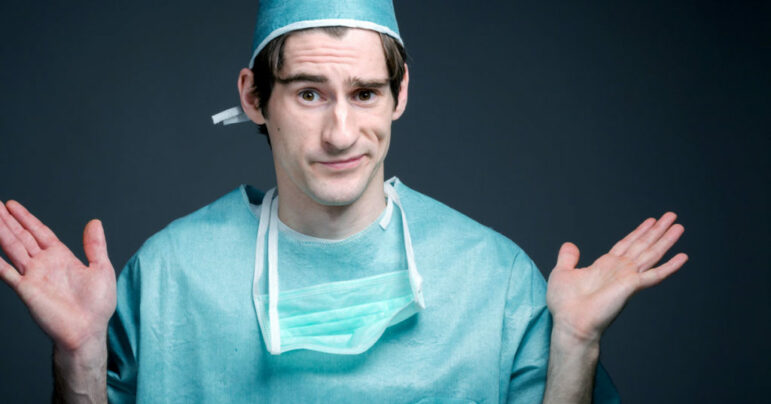What do tobacco, diesel engines, football, and talc all have in common? The industries that make and sell these products have all conducted elaborate campaigns to “manufacture uncertainty” about the harms they cause. And they do it with the help of scientists for hire.
In his recently published book, The Triumph of Doubt: Dark Money and the Science of Deception, Dr. David Michaels, epidemiologist and former head of the Occupational Safety and Health Administration (OSHA), outlines how numerous industries employ “product defense firms” to ward off regulation and lawsuits. These firms produce “evidence” that these products are not as dangerous as previous studies show, using a combination of bad science, sneaky statistics tricks, and plain old lies.
Here are a few ways that industries and product defense firms bend the data and secretly influence environmental and public health policy:
- To increase doubt about the evidence surrounding a product, conduct a literature review that includes both independent and conflicted research. Even if there are more studies that make a product look bad, the biased studies will provide a counterweight, adding to the “uncertainty” in the evidence base.
- If a study shows that a product is dangerous, do a “re-analysis” using a different research design that finds a new result. With epidemiological studies, changing certain variables until you get the result you want (often known as “p-hacking”) is easy to do. Scientists know that these re-analyzed studies are unreliable, but the public may not, especially if the “new” study is aggressively publicized.
- To hide the funding sources behind new research on industry products, create a front group with an academic-sounding name, like the Alcohol Beverage Medical Research Foundation (created by beer and malt beverage producers) or the Mining Awareness Research Group (created by the diesel industry)
- If evidence shows that a product is dangerous, change the narrative. Create studies to prove that it is only dangerous is large quantities and that “moderate” use or exposure is fine. This is what the alcohol industry tried to do by funding a National Institutes of Health study to show that moderate alcohol use has cardiovascular health benefits.
- Claim that scientists conducting research about a product are “independent” because they are not directly paid by industry, even when they are hired by product defense firms that are paid by industry.
- When faced with evidence that a product is dangerous, shift the burden of proof from industry to regulators. Demand “proof beyond a shadow of a doubt” that the product is dangerous, as if the regulatory process is a criminal trial. This is what Johnson & Johnson did to avoid regulation of talc as a carcinogen, despite mounting evidence that talc is linked to ovarian cancer.
To help make our food, environment, and homes safer, we need to address conflicted parties that use the mantle of “science” to defend industry. Michaels suggests adopting the World Health Organization’s policy of not allowing conflicted scientists to write reports about exposures or issue regulations or vote in the panels’ conclusions. All conflicts of interest, especially those hiding behind many layers of funding, must be uncovered or disclosed. This would be the least we could do.
Michaels urges other broader changes in regulation, such as requiring proof of safety for chemicals before allowing them, rather than our current policy of assuming that chemicals are “innocent until proven guilty.” Even more importantly, while science is necessary for understanding the effects of certain products, change will not happen with science alone– organizing for change is key.
